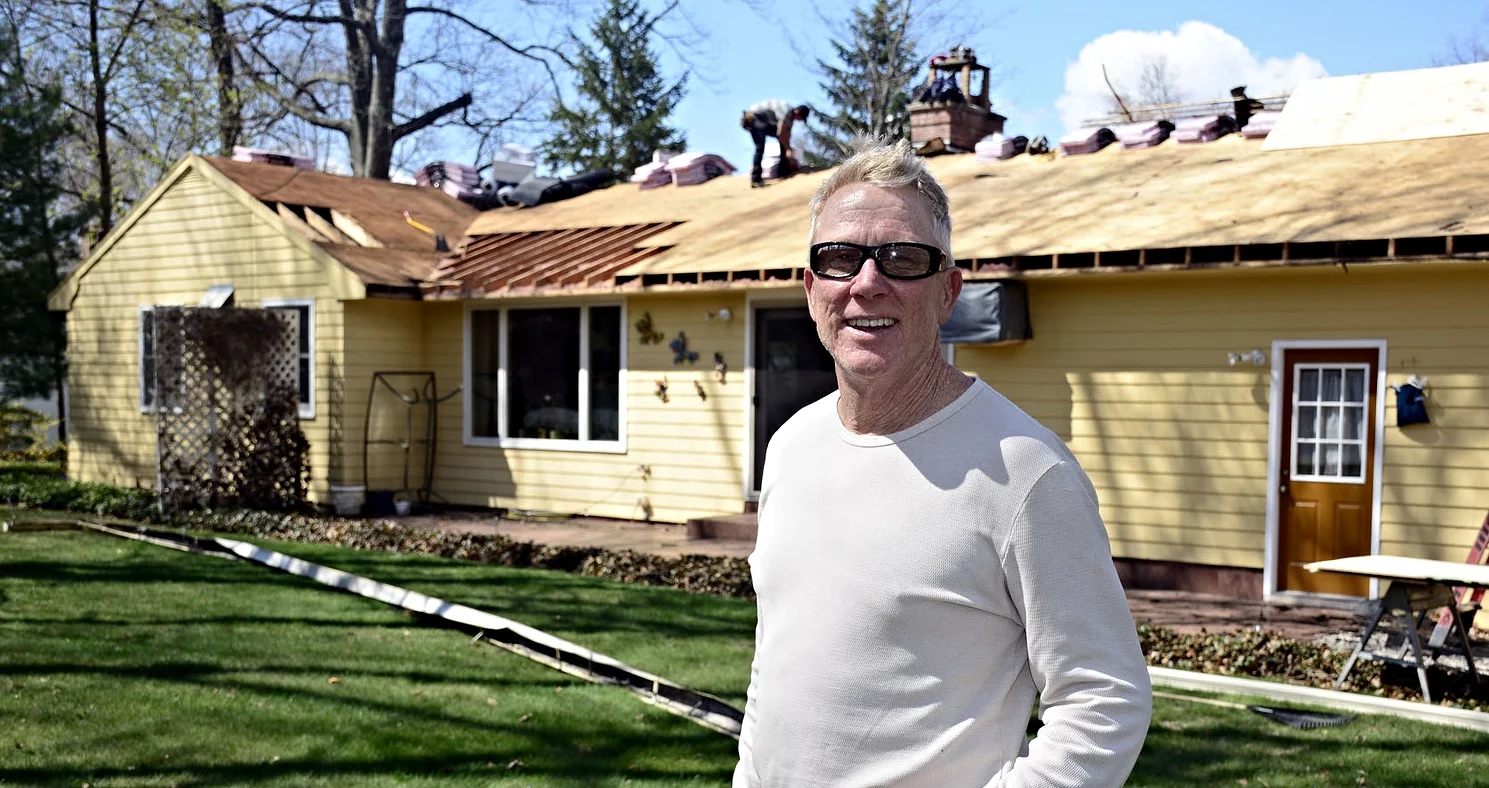Tackle Fall Leaves the Smart Way
Chelsea O'Donnell
If you live in New England, you already know the drill: one day your lawn looks perfect, and the next it’s buried under a crunchy blanket of red, orange, and gold. While a few leaves can add charm, too many can smother your grass, invite pests, and cause slippery walkways. But before you grab the rake and start waging war, there’s a better, smarter way to manage your autumn cleanup.
The Case for Raking (and When to Do It)
When leaves pile up, they block sunlight and trap moisture, creating the perfect environment for mold, disease, and dead patches of grass. That’s why timing is everything. Start raking when about half your trees have dropped their leaves, and again right before the first snowfall. If you wait until every last leaf has fallen, you’ll end up with a soggy, compacted mess that’s harder to remove.
Dry days are your best friend. Wet leaves are heavier, stickier, and can quickly clog your rake. Choose a breezy, low-humidity afternoon, and work in sections so you’re not battling the whole yard at once.
Tools of the Trade
Not all rakes are created equal. A classic 24-inch plastic or poly rake is light, flexible, and easy on the back. Metal rakes are great for tough patches or wet leaves but can tear delicate turf. Some homeowners swear by “no-clog” rakes, which use tines spaced wider apart so leaves don’t stick.
If you want to save serious time, consider upgrading to a leaf blower or a mulching mower. A blower makes short work of large yards, while a mulching mower chops leaves into fine pieces that decompose right into your lawn, creating essentially free fertilizer.
Rake Smarter, Not Harder
Most people make one big mistake: raking randomly. Instead, start along your lawn’s perimeter and work inward, moving leaves onto a large tarp. When the tarp fills, drag it to your compost pile or curbside leaf collection. It’s faster and saves your back from hundreds of bending motions.
Use the wind to your advantage, not against it. Rake with the wind direction, not into it. And if your neighborhood allows curbside collection, check the schedule. There’s nothing worse than finishing your raking marathon only to watch your neatly raked piles blow around for two rainy weeks.
Mulch, Compost, or Bag?
Each option has its perks. Mulching leaves with your mower saves time, enriches your soil, and supports beneficial organisms in your lawn. Composting is another eco-friendly choice - just mix dry leaves with green materials like grass clippings or kitchen scraps for the perfect compost balance.
Bagging, while less sustainable, is sometimes unavoidable, especially if your town requires it. If so, look for biodegradable paper bags rather than plastic. Your local transfer station or public works department likely has them in stock.
Protect Your Lawn and Yourself
Don’t overlook safety and comfort. Wear gloves to avoid blisters, sturdy shoes for traction, and long sleeves to fend off scratches and ticks. Stretch before and after - yes, really - because leaf raking can burn up to 300 calories an hour. Think of it as an outdoor workout with built-in results.
When you’re done, give your lawn one final low-cut mow to keep it neat through winter. It’ll help prevent matting and give new spring grass room to grow.
When “Leaving the Leaves” Makes Sense
Here’s the good news: not every leaf has to go. A thin layer - an inch or less - can actually benefit your lawn and garden beds. It insulates soil, supports pollinators, and provides nutrients as it breaks down. The key is moderation: too many leaves smother grass, too few miss out on the natural benefits.
If you’ve got wooded or low-traffic areas on your property, consider leaving the leaves there entirely. It’s a small but powerful way to support local ecosystems and save yourself a few hours of weekend labor.
Fall cleanup doesn’t have to be a back-breaking battle. With the right timing, tools, and strategy, you can protect your lawn, help the environment, and maybe even enjoy more of the season in the process.
